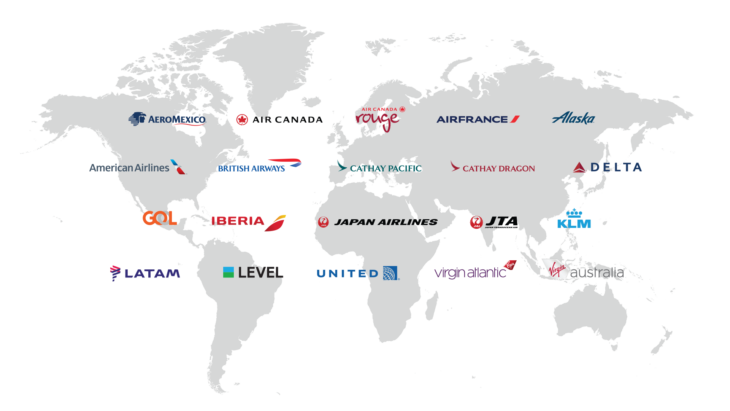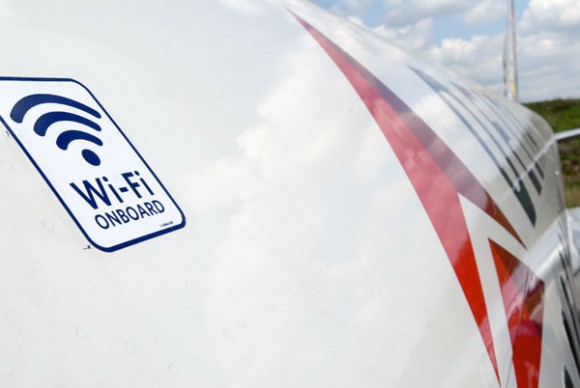Gogo WiFi, the largest provider of inflight WiFi announced plans to to build a 5G network for aviation by 2021. Gogo has come a long way since they first starting offering WiFi, as they’ve now upgraded to 2Ku, which many of their aircrafts have today. The company claims that the new 5G network will provide even stronger WiFi coverage for passengers.

This news follows Delta Air Lines, who plans to offer free inflight WiFi for all passengers and is currently testing the service. With a potential increase in usage, it makes sense that Gogo is continuing to enhance their WiFi services.
US airlines who currently offer WiFi onboard powered by Gogo include Alaska Airlines, American Airlines, Delta Air Lines, and United.

Per Gogo,
Gogo announced its plans to build a 5G network for aviation. The new air-to-ground (ATG)network will be designed for use on business aviation aircraft, commercial regional jets and smaller mainline jets operating within the contiguous United States and Canada. Gogo expects the network to be available for business and commercial aviation in 2021.
Gogo will build the 5G network on its existing infrastructure of more than 250 towers and will use unlicensed spectrum in the 2.4GHz range, along with a proprietary modem and advanced beamforming technology. Gogo’s 5G infrastructure will support all spectrum types (licensed, shared, unlicensed) and bands (mid, high, low), and will allow Gogo to take advantage of new advances in technology as they are developed. Similar to how wireless carriers provide redundancy across their networks, Gogo will continue to employ its 3G and 4G networks throughout the continental U.S. and in Canada that will provide backup to the 5G network when needed.
What are your thoughts on Gogo planning to offer a 5G network for inflight WiFi? Feel free to share your thoughts in the comments below.Â


Sounds great, as long as my gogo inflight vouchers that come with my Flexperks card will still work for using it for internet.
It says they’ll use the 2.4 GHz band, which is unlicensed and mostly unregulated. That’s unlike any 5G I had previously heard about.